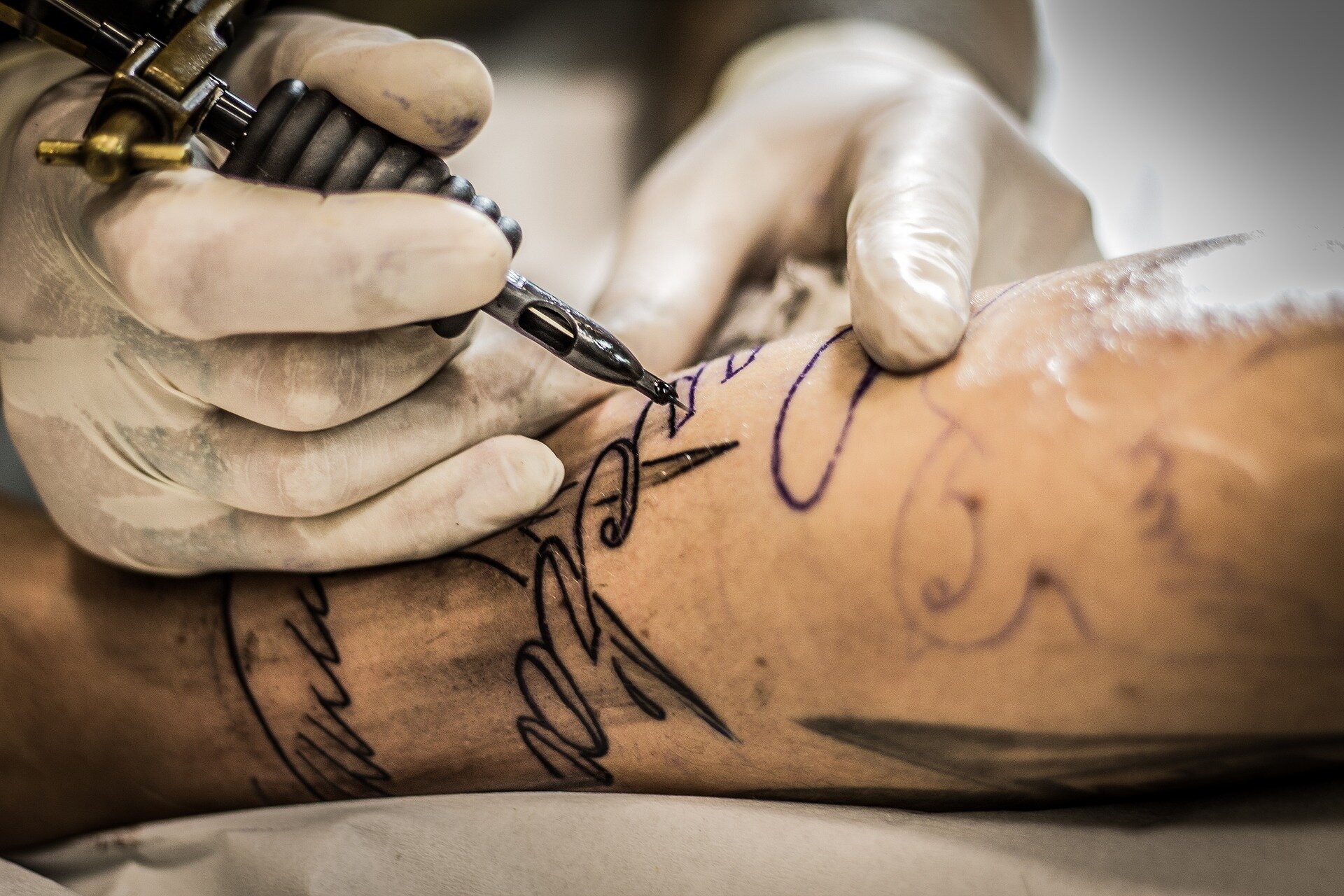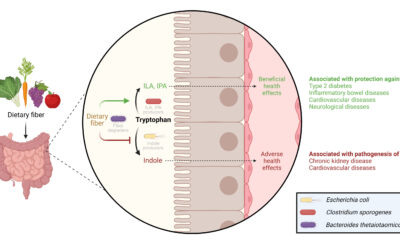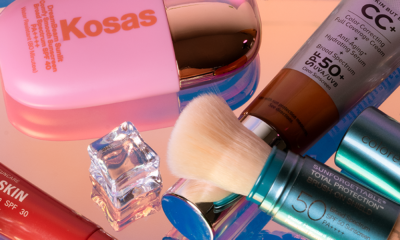Health
Bacteria detected in tattoo and permanent makeup inks

Credit: Pixabay/CC0 public domain
Researchers have discovered anaerobic and aerobic bacteria in commercial tattoo and permanent makeup inks. The findings, reported in Applied and environmental microbiology show that the inks can be a source of human infections. The new study is especially notable because it is the first to investigate the presence of anaerobic bacteria in commercial tattoo inks.
“Our findings show that unopened and sealed tattoo inks may contain anaerobic bacteria, known to thrive in low-oxygen environments such as the dermal layer of the skin, in addition to aerobic bacteria,” says corresponding author Seong-Jae (Peter) Kim , Ph.D. ., a microbiologist in the Division of Microbiology, National Center for Toxicological Research, US Food and Drug Administration, Jefferson, Ark.
“This suggests that contaminated tattoo inks may be a source of infection by both types of bacteria. The results highlight the importance of monitoring these products for both aerobic and anaerobic bacteria, including potentially pathogenic microorganisms.”
The main objective of the new study was to assess the prevalence of both aerobic and anaerobic microbial contaminants in tattoo inks available on the US market.
For the detection of aerobic bacteria, the researchers mixed 1 to 2 grams of tattoo ink solution with appropriate media and incubated it in a standard incubator. To detect anaerobic bacteria, they mixed the ink solution with appropriate media and incubated it in an anaerobic chamber. , a device specifically designed to grow anaerobes.
This chamber is kept oxygen-free by constantly flushing with a mixture of gases such as nitrogen, carbon dioxide and hydrogen. The researchers performed this procedure for a total of 75 tattoo inks from 14 different manufacturers.
The researchers found that about 35% of tattoo or permanent makeup ink sold in the US was found to be contaminated with bacteria. “Both types of bacteria, bacteria that require oxygen (aerobic) and bacteria that do not require oxygen (anaerobic), can contaminate the ink,” Kim said. “There was no clear link between a product label claiming sterility and the actual absence of bacterial contamination.”
“The rising popularity of tattooing in recent years has coincided with an increase in tattoo-related complications or side effects,” Kim said.
“It should be noted that microbial infections are only one aspect of these complications. In addition to microbial infections, immunological complications such as inflammatory reactions and allergic hypersensitivity, as well as toxic reactions, represent a significant part of these problems. In light of our study results, we would like to emphasize the importance of continuously monitoring these products to ensure the microbial safety of tattoo inks.”
Kim and his colleagues will continue their research in two major directions. They will develop more efficient microbial detection methods for tattoo inks, making the process faster, more accurate and less labor intensive.
They will also conduct systematic research to deepen the understanding of microbial contamination in tattoo and permanent makeup inks. This includes studying the occurrence, co-occurrence and diversity of microbial contaminants, which is essential for preventing contamination in these products.
More information:
Applied and environmental microbiology (2024). doi.org/10.1128/aem.00276-24
Quote: Bacteria detected in ink for tattoos and permanent makeup (2024, July 2) retrieved July 2, 2024 from https://medicalxpress.com/news/2024-07-bacteria-tattoo-permanent-makeup-inks.html
This document is copyrighted. Except for fair dealing purposes for the purpose of private study or research, no part may be reproduced without written permission. The content is provided for informational purposes only.













